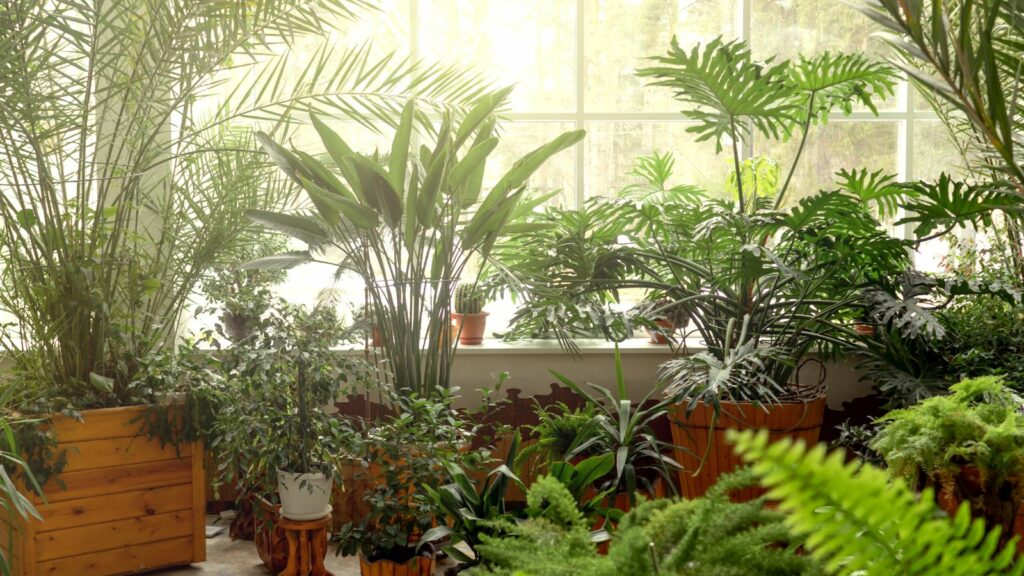There’s a certain magic in growing your own herbs. The simplicity of plucking fresh basil, rosemary, or thyme from your garden, and the burst of flavor they add to your meals, is enchanting. This article is your guide to starting and maintaining a thriving herb garden, whether you’ve got a sprawling backyard or just a sunny windowsill.
You’ll discover the joy of nurturing these green gems, from the popular culinary staples to the more exotic varieties. You’ll also learn how to harvest them at the right time to ensure maximum flavor and longevity. So, get ready to roll up your sleeves and dive into the wonderful world of herb gardening.
Herb Garden Plants
Grown locally in herb gardens, certain varieties of herbs serve as indispensable elements in kitchens, often contributing to a diverse set of dishes. Let’s delve into some essential herbs to include in your kitchen garden that’ll significantly enhance the flavor profiles of your meals.

Basil, an aromatic herb, imparts a distinctive flavor and aroma to dishes. It’s a key constituent in a multitudinous array of culinary delights, especially those of Italian and Thai origins. Some popular examples include, but aren’t limited to, pesto sauce and Thai green curry. Endeavor to place Basil in a location receiving ample sunlight and moderate water, as it thrives under such conditions.
Cilantro, over and above its profound presence in salsa, serves as a key ingredient in myriad dishes that hail from diverse culinary traditions. Indian curries, Chinese soups, and Mexican tacos often boast of cilantro’s distinct freshness and citrusy profile. For the herb garden owner, cilantro necessitates full or partial sunlight exposure complemented with well-draining soil.
Creating the Perfect Environment for Herb Garden Plants
Establishing an optimal environment for herb garden plants ensures that they reach their full potential and flavor profiles. The choice of soil and understanding the sunlight needs of each herb is crucial in this pursuit.

Selecting the right soil, a crucial factor in gardening, assures that herb plants get essential nutrients for their growth. Loamy soil, characteristically light, well-drained, packed with nutrients, and with pH levels of 6-7, is perfect for most herbs, such as Basil and Cilantro. On the other hand, Rosemary prefers a slightly alkaline soil.
To illustrate, consider a scale where 1 represents acidic and 14 represents alkaline. A pH of 7 denotes neutral soil, but Rosemary epitomizes flexibility and grows in soils with a pH range from 6 to 7.5. However, gardeners might need soil amendments to adjust pH levels and meet specific herb requirements. Composting and adding organic matter, conditional to soil structure and composition, improves soil fertility and drainage.
Caring for Your Herb Garden
Keeping your herb garden flourishing depends not only on the initial choice of soil and sunlight exposure, but also on ongoing maintenance practices. This includes understanding proper watering techniques and pruning principals. Each herb has its unique requirements and understanding them is fundamental to successful gardening.

Watering appropriately promotes robust growth in herbs. Consistent watering results in healthy roots, providing the basis for vibrant leaves and abundant growth. The essential herbs, Basil, Cilantro, and Rosemary, have varying water needs. For instance, Rosemary, originating from a Mediterranean climate, prefers less frequent watering, enjoying a chance to dry out in between watering sessions. On the other hand, Basil and Cilantro need more frequent watering, maintaining consistently moist but not waterlogged soil.
Keep an eye out for signs such as wilting leaves or curling edges, which may indicate the need for water adjustments. Don’t water on a schedule, but instead, check the soil moisture levels. Lower watering during fall and winter, with dormant plants requiring less.

